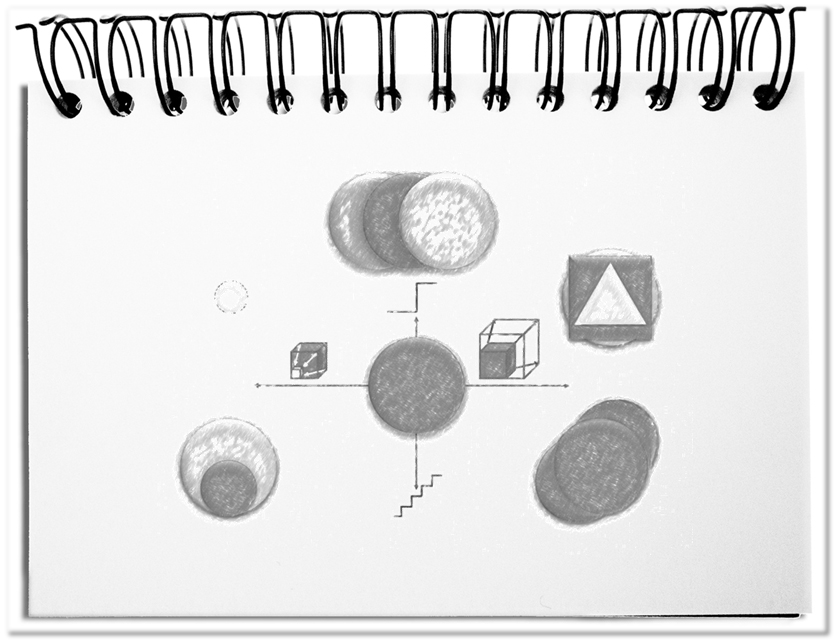Business ventures should never be set up without a clear and comprehensible intention. This purpose gives all activities one direction. The most profane is to win. However, the intention does not always have to be the first, the fastest, the greatest, or the pressure to grow steadily. The direction could also be a fitter company, or better utilization of existing resources, or more satisfied employees. If people do not agree on one direction, any success can be undermined by concurrent disparate efforts by the various parties. That is why the intention considered by all parties is an important prerequisite on the way into the future.
The intention is somewhere between growth and contraction (horizontal axis) and between the gradual change of first order and the radical change of second order (vertical axis). Put simply, the following intentions arise.
- Consolidate
Making the current business more robust doesn’t sound very exciting. The protection of viability on the basis of the available means is a good measure to experience the future. For this purpose, existing offers can be developed, better placed or advertised. Additionally, the chosen value discipline (customer, product or process orientation) can be further applied.
As long as the revenue has good prospects, this is a reasonable approach. - Activating
Business can be made fit for the future by leveraging existing core aspects, offerings, sequences and capabilities and by mobilizing existing skills. For this purpose, the image of the company is polished up, the culture is described or the entrepreneurial awareness of the employees is refreshed.
It is a question of making greater use of established paths with the current range of offers. - Expanding
When adjacent fields of business are identified and decisively developed, new work contents, forms and fields of activity emerge. This is made possible by continuous creation, cross-functional cooperation and shifting the boundaries of end-to-end operations.
The closer surroundings of the own field of activities are easily accessible and offer direct contacts for the add-on of the own assortment. - Reinventing
When you leave the comfort zone of the previous market, completely new possibilities open up. New business can be exploited and previously unnoticed partners can be found. In the end, this changes the building blocks of the business. Everything starts with radical BPR, the invention of new portfolios and the opening of completely new customer groups.
Such developments are driven by personalities, who have a clear idea of what they can additionally do for their customers. - Concentrating
If the entrepreneurial body suffers from overweight and the incomes do no longer cover the current enterprise, a thought-out compaction of the activities is inevitable. The whole thing should not be torn into the abyss – e.g. closure of plants, losses or bankruptcy. This is made possible by abandoning tasks that no longer contribute, because they are obsolete or simply no longer in demand. Tasks that are not part of the core business are outsourced.
Superfluous business and routines are proliferating, if you don’t notice the need for action and don’t take early care to shift capacities. - Closing
When all measures have been exhausted, economic collapse will occur sooner or later. In the interest of all those involved, the orderly task or separation of individual areas or locations is the last resort, if it enables employees to make a secure transition to new tasks.
Due to the early dissolution, external entrepreneurs may find ways to continue the business under different premises.
Bottom line: It may seem strange that the intentions can always be condensed into the six directions described. As soon as you start selecting the direction, you will quickly notice that nerve-wracking discussions are being replaced by joint plans. The distinct intention should be clear to every manager and every employee and the areas should be aligned in a common direction. It is the ONE intention behind any effectual strategy.


